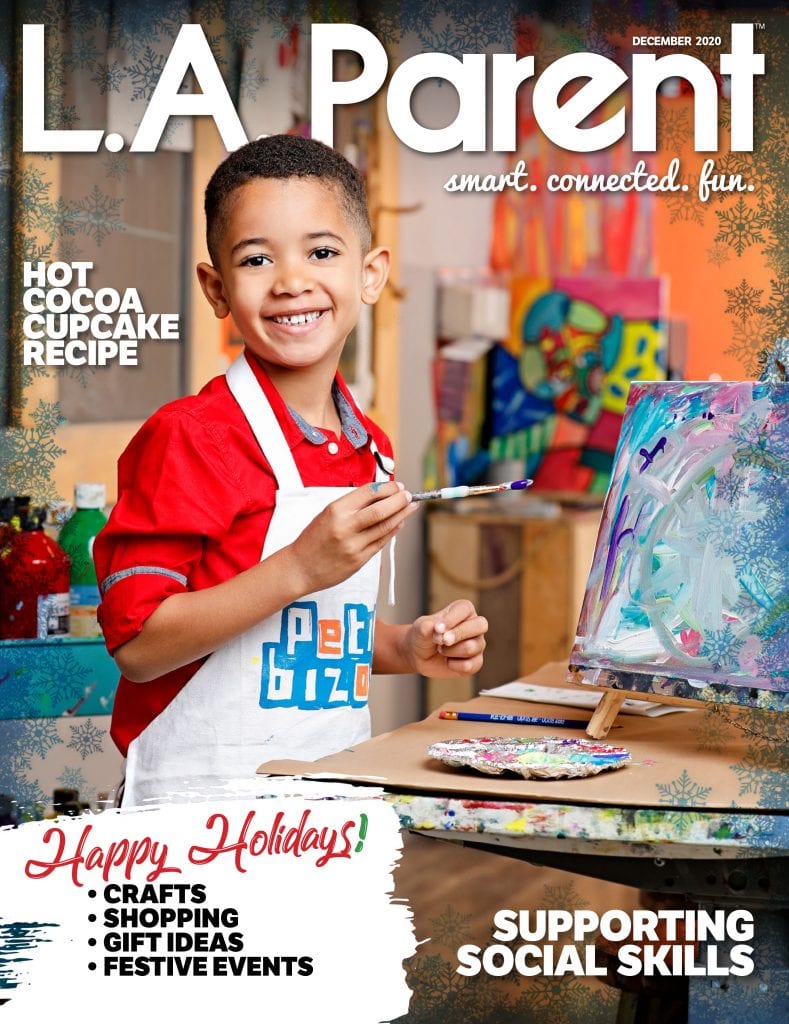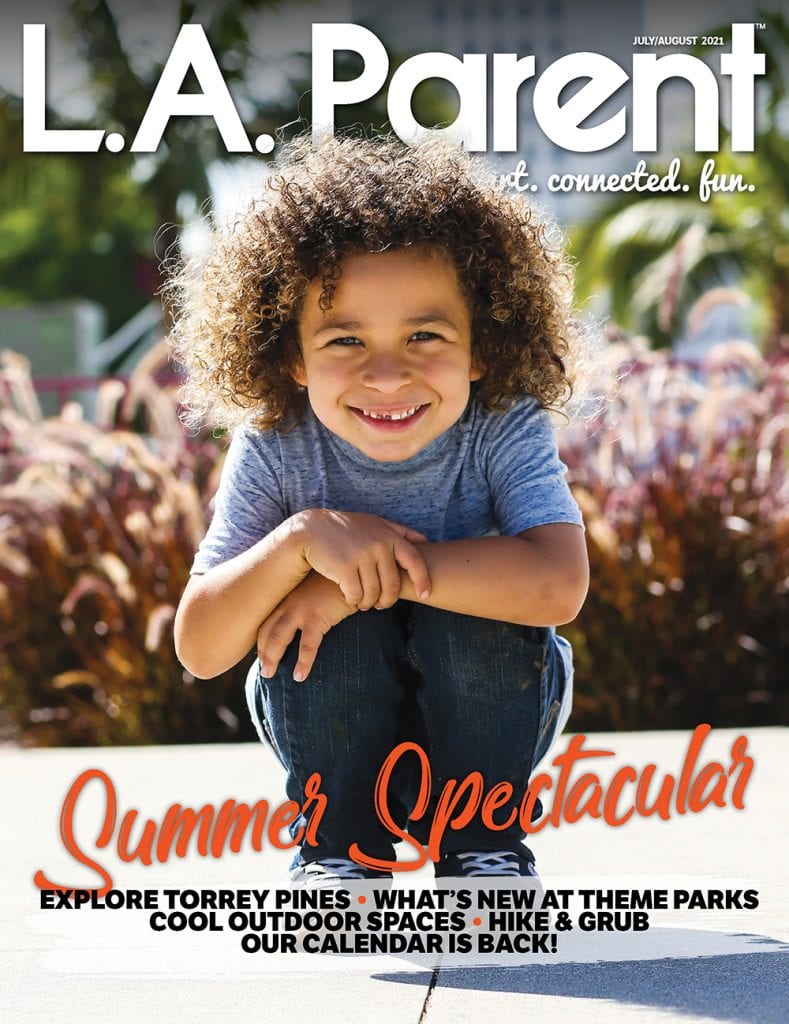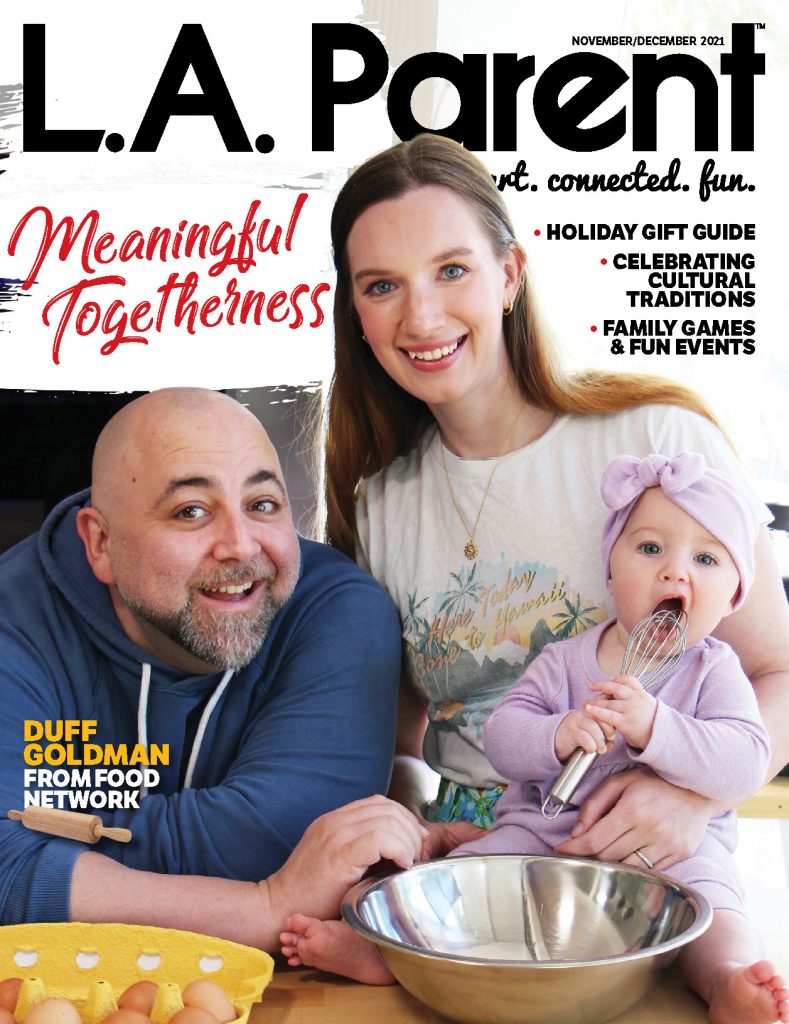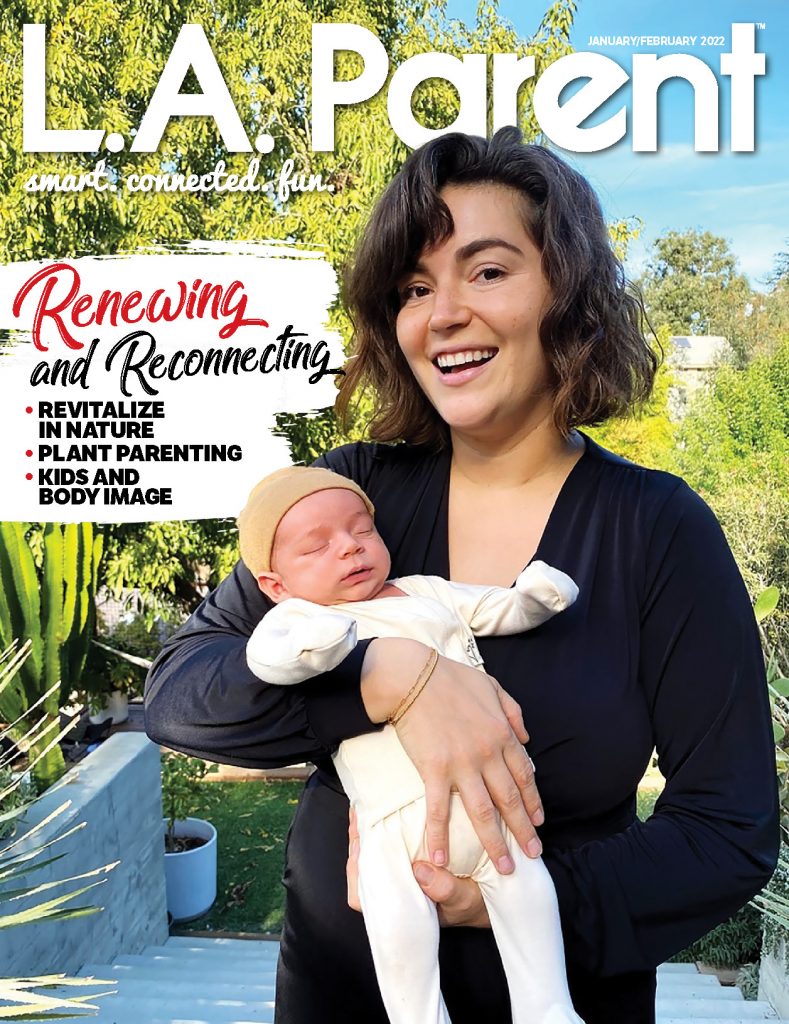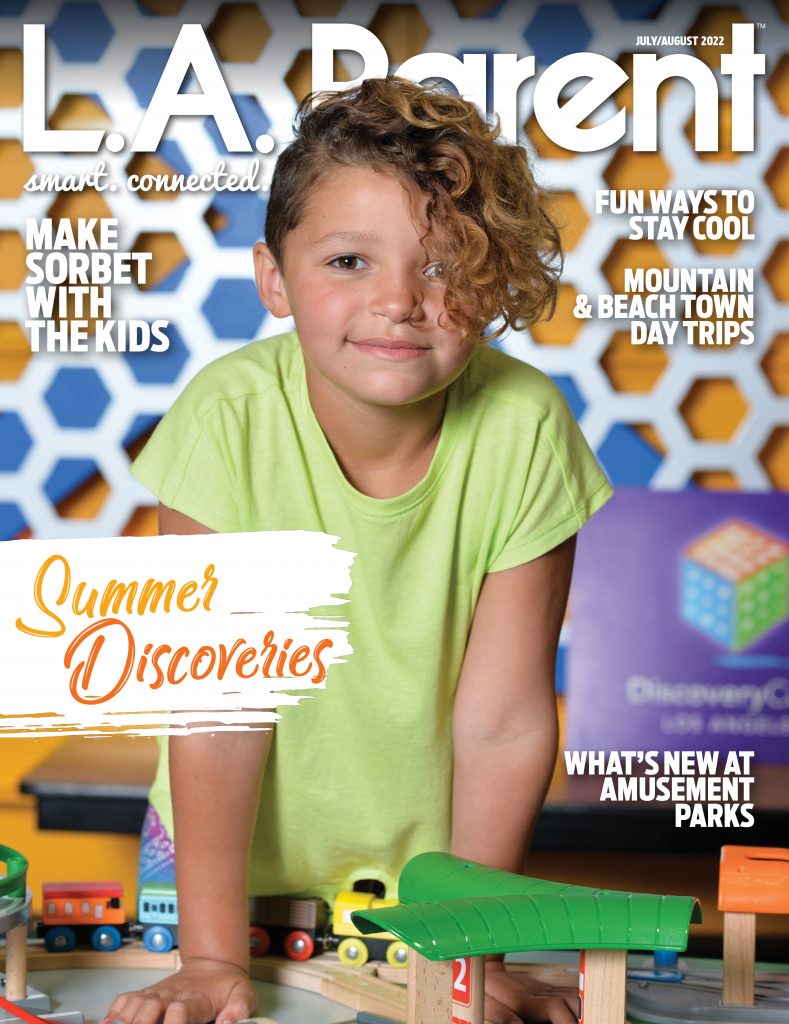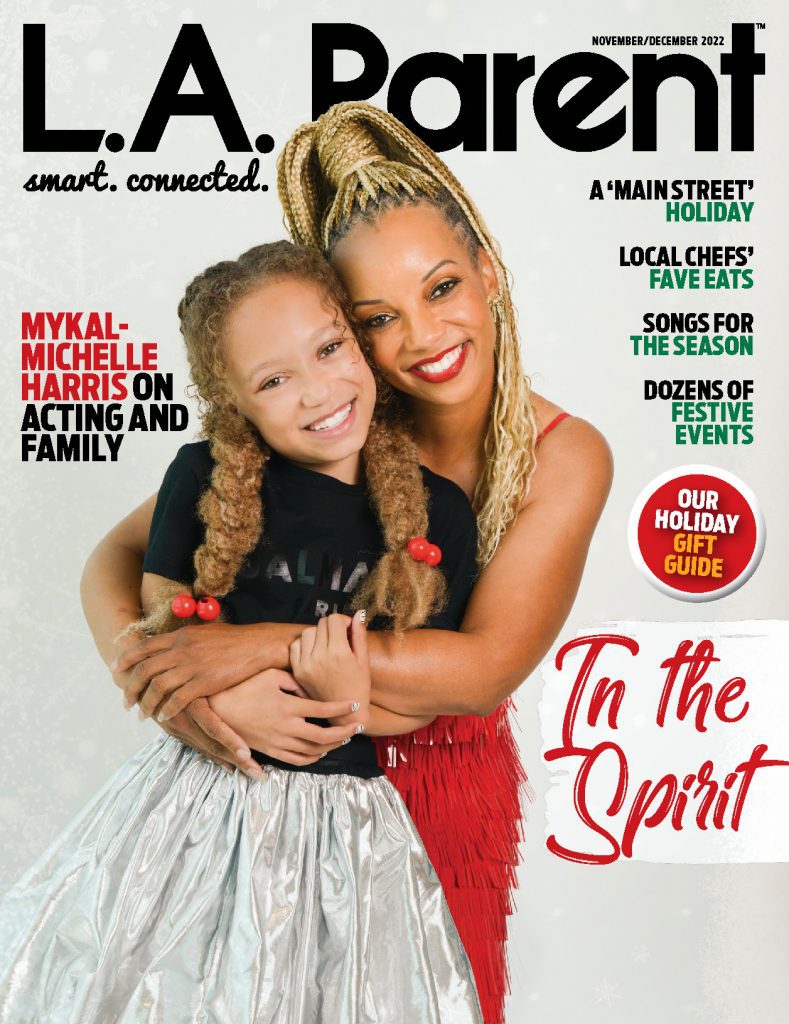When school is out and it’s too hot to go outside, screen time tends to reach an all-time high and creativity an all-time low. Music teachers from Red Pelican teach us how to flip the script with these easy, yet engaging, DIY musical instruments that are not only fun but also mean the kids are playing with math, creativity and even physics.
When thinking of making our own instruments at home, parents might let out a huge sigh and think that it’s more of a messy mission, but here are six nearly foolproof projects to create with items found in most homes.
All of these DIY musical crafts are best suited for children ages 5 and up, with adult supervision as needed.
1. Water Glass Xylophone
Fill glasses with colored water to make a beautiful and functional water xylophone. If you want an octave, collect eight glasses. You can use most household glasses, but they should be relatively the same size, if possible.
Fill each one with water to different levels and play with what different amounts of water sound like. The lower the level of water, the higher the pitch is. Tuning the “xylophone” to a scale can be tricky, but have patience, it is so fun when you can sing with your instrument.
To take it up a professional notch: tune your xylophone to a “C Major” scale. If you’re looking at a piano, that’s the major scale you can play without using any black keys.
Need extra help tuning? Look on your smart phone for a wide array of free “Tuner” apps that are sure to help you get the perfect intonation from your “Xylophone!”
Once you’ve got your “Xylophone” perfectly tuned, add a drop of food coloring to each glass. Mix and match colors, add more or less dye, and you’ll get a beautiful array of colors!
You will tap your glasses with an object (such as a barbecue skewer with a rubber ball on the end or plastic/acrylic handle of cutlery). You don’t need to hit it hard, so please stand by your child as they explore! Feel free to play music in the background and have your child play along.
2. Homemade Rain Stick
Using a small to medium-sized mail tube (found at the post office, an office supply store or online), carefully hammer two dozen nails (wooden dowels work well, too) into the tube. Next, fill up the tube with about two cups of dried beans, rocks, lentils or rice before hot gluing the bottom of the mail tube on. The different materials inside of your rainstick will affect the overall sound. It can be fun to build multiple rain sticks with unique blends of materials in each, and explore those different sounds with your kids!
After the adult portion of the craft, let your child decorate the rain stick with paint, yarn or glitter, if you’re feeling brave.
Now that they’re ready and decorated, ask your child what they notice about the different sounds. What happens when you flip the rain stick slowly? Quickly? What if we shake it? Can we tap it? There’s so many ways to play with a rain stick – it just takes a little imagination!
3. Popsicle Stick Harmonica
Channel your kids’ inner Stevie Wonder or Bob Dylan with these popsicle stick harmonicas. After the ice-cream truck is long gone and you’ve cleaned off the sugary residue from the popsicle stick, gather your supplies: two jumbo craft sticks or popsicle sticks, a wide rubber band, two smaller rubber bands, a straw and scissors.
Cut the straw into two pieces that are 1–1.5 inches long. Stretch the thick rubber band length-wise around one of the craft sticks. Place one straw on each side under the rubber band. Place the other stick on top like a sandwich and attach them together on each end with a small rubber band. It will need to be wrapped around the end a few times.
Now you’re ready to play! Blow into the middle of the “harmonica.” Adjust the pitch by sliding the straws closer together or further apart. When the straws are closer together, the section of the vibrating rubber band is shorter, making a higher sound. Slide the straws all the way to the edges to get the lowest possible sound, though it’s still relatively high-pitched.
4. At-Home Pan Flute
If your family has ever seen “Peter Pan” and the pan flute has struck a chord (pun intended), then a homemade pan flute might be a less breakable, more affordable alternative to the real wooden deal.
This is one of the easiest instruments to make. You’ll need nine straws, a ruler, scissors and clear tape. Line up the nine straws and starting with the second one to the left, cut off two centimeters. Cut each remaining straw by two additional centimeters to create descending heights of straws. Gently tape the straws as they are in the row at the top and the bottom of the straws. Then, start blowing into the straws on the side where they line up and be transported to Never Never Land.
5. Homemade Maracas
Disney’s “Encanto” has got kids dancing and moving to so many amazing rhythms! How about maracas?
You can create simple hand-held maracas with any empty, recycled vessel. For example, plastic Easter eggs, Pringles jar or old pill bottles are easy options. Other supplies you will need: saran wrap, rubber band and weighted fillers, like dried rice, beans, pasta, beads or anything that fits and makes a sound. Extra supplies like yarn, paper, tissue paper, markers and crayons can be fun to use for decorating. This works with any age, but the little ones will especially love this activity.
Choose your vessel and fill it with fillers for your desired sound. Keep shaking, using different amounts to see what sounds you like. Once you’ve found your ideal weight, voilà, you have an instant “maraca”!
Use yarn, markers, tissue papers, etc. to personalize your maracas. Once decorated, shake away!
6. Paper Plate Tambourine
If your kids want to lean into the tambourine stylings of Stevie Nicks, the paper plate tambourine could be a good place to start.
Using two heavy-duty paper plates held face to face, punch holes every two inches around the circumferences of the plates. Double knot a piece of yarn, weave the yarn around the plates, then tie another knot to secure the plates together. With a second string of yarn, string a jingle bell through your yarn and continue weaving your plate. Alternate your jingle bells every other hole or more, depending on how loud you want it to be. When you get back to the hole in which you started, tie off your yarn again.
Like with the maracas and rain stick, allow your children to unleash their creativity and decorate their new prized possession.
Extra Credit
After making these instruments and learning about the sounds of each, get friends, family and neighbors involved to compose a concert with your DIY instruments.
Making music at home is just the beginning of your child’s musical journey. These DIY instruments offer a wonderful introduction to rhythm, pitch and creativity, but there’s something magical that happens when children receive proper musical instruction. Just like these crafts, age five and up also happens to be a wonderful time to begin private music lessons. Children at this stage are often ready to focus, follow instructions, and start developing foundational skills that will support a lifetime of musical growth.
Red Pelican brings high-quality music lessons right to your home, building on that natural curiosity and excitement your kids have already discovered through building these homemade instruments with you. Whether they’ve fallen in love with the melodic sounds of their water glass xylophone or can’t stop shaking their homemade maracas, Red Pelican’s experienced instructors can help nurture that passion into real musical skills. Music education doesn’t just teach children how to play instruments—it develops discipline, boosts confidence and gives children a valuable skill that lasts a lifetime.
